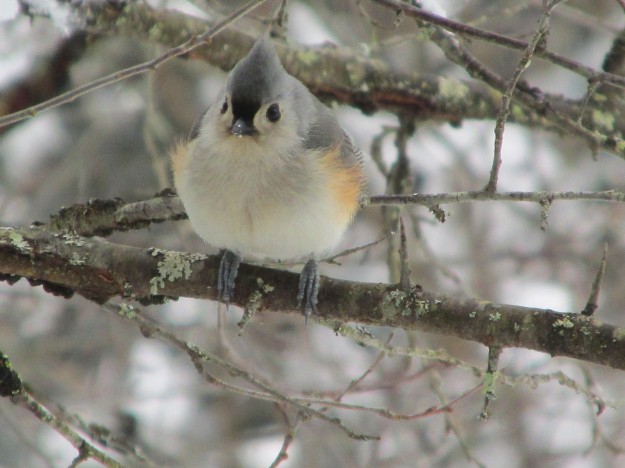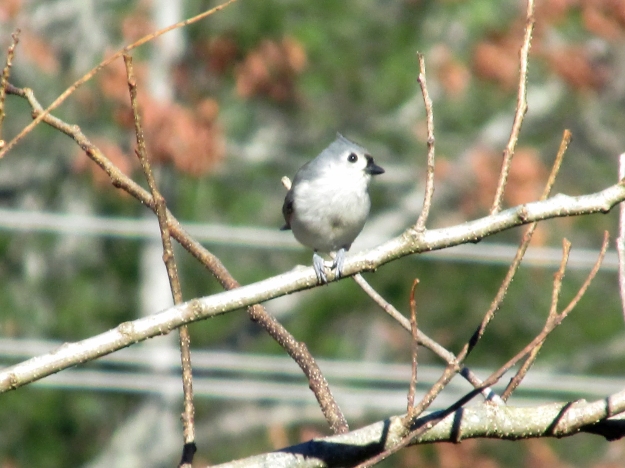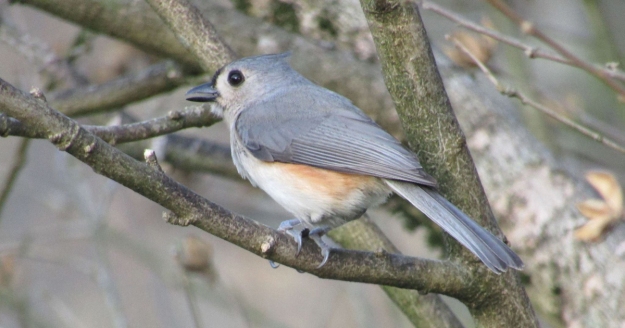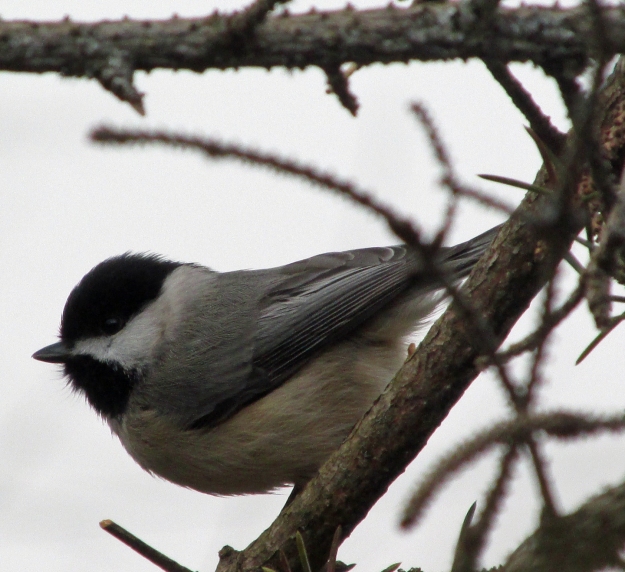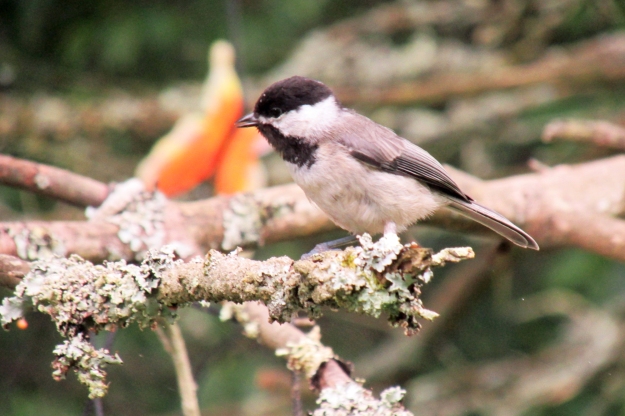
Photo by Struza/Pixabay.com • A chickadee plucks a peanut from its shell. Chickadees, like many other songbirds, often store food that they can utilize during lean times.
Ernie Marburg sent me an email last month about an article he had read on chickadees that he thought might be of interest. The article’s main focus involved the fact that chickadees are apparently capable of remembering 1,000 cache sites and retrieving food several months after having placed it in various scattered locations.
“Their memories are better than ours,” Ernie wrote. “Mine, anyway.”
Ernie also had a question for me about observations he and his wife have made at their home in Abingdon, Virginia, about birds and the practice of caching food.
“My wife and I have both observed crows taking bread (five or six pieces at a time) in their beaks and flying off and burying it in lawns among the grass,” he wrote. “We have also observed that they march through the lawn apparently looking for such food caches. Is this something that is commonly known? Are we correct in our observation of this?”

Photo by dbadry/Pixabay.com • Blue Jays often create food caches for acorns and other items. This jay is leaving a feeder with several peanuts thanks to an expandable esophagus.
Experts have indeed noticed this behavior. In fact, it’s fairly well known that crows are methodical in their approach to storing food. Crows, which belong to the corvid family that includes birds such as jays, ravens and magpies, are also highly intelligent animals. Their intelligence shows in the extra step they take after they have buried food. The crow will often take a leaf or twig and place it over the spot where the food has been buried. Experts suspect the bird takes this action to mark the spot and attract attention to the location when they return to look for the buried food.
Birds store food for convenience when they have more food than they can finish, but they also cache food in anticipation of periods such as inclement winter weather when food is likely to become scarce.
The blue jay, a relative of the American crow, is fond of acorns. The jay is so enamored of acorns — a nutrient-rich food for many birds and other animals — and so dedicated to caching acorns that the bird actually helps oak forests expand. A single jay may cache thousands of acorns each fall. Inevitably, some of the cache will be forgotten, to go uneaten and give the acorn the chance to sprout into a seedling in the spring that may grow into a mighty oak in a new stand of oaks.
The jay even has some modifications to help with the storing of food. Blue jays have a flexible esophagus that can distend and allow them to stuff multiple acorns down their throats. Caching food is hard work, so it helps reduce energy consumption if the jay can transport several acorns at a time instead of a single acorn on each trip to a cache site.

Photo by Anne773/Pixabay.com • A Carolina chickadee visits a feeder for a sunflower seed. Chickadees are a songbird that’s known for storing surplus seeds as insurance against lean times.
Now, back to chickadees for a moment. Research has shown that the brains of black-capped chickadees grow in anticipation of the need to remember where these tiny songbirds cache their sunflower seeds and other foods. The interesting finding is that only the part of the brain associated with memory grows. After all, it doesn’t do much good to store food for a rainy or snowy day if the bird promptly forgets where the food has been hidden.
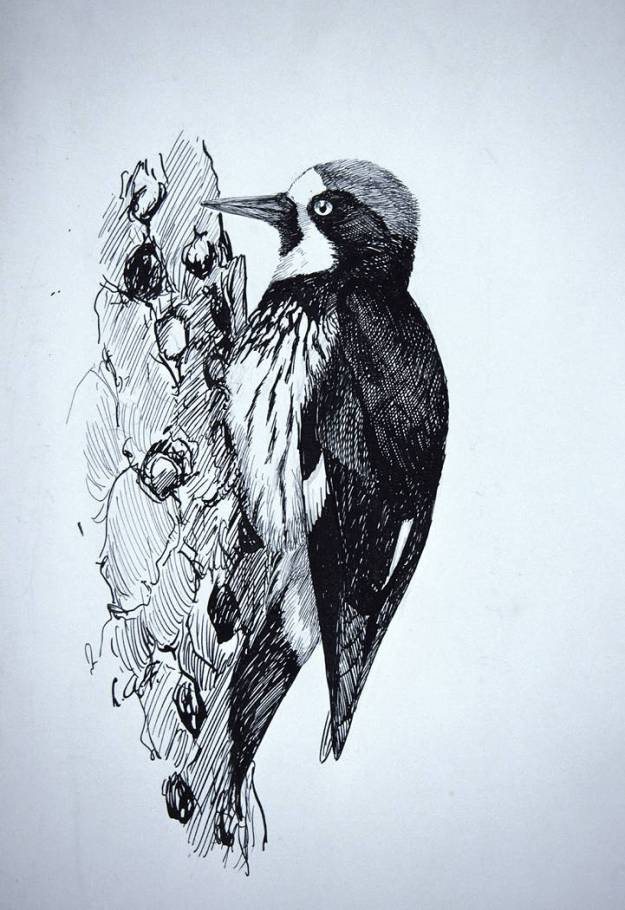
This image illustrates an acorn woodpecker’s visit to a food cache. These woodpeckers are famous for storing acorns in dead and living trees, as well as substitutes such as telephone poles.
The acorn woodpecker might qualify as a world-class cacher of food. As the bird’s name suggests, this woodpecker loves acorns. An acorn woodpecker will devote a significant amount of its time to establishing granaries. In this case, the granaries are holes drilled in the trunks of trees (or sometimes in a telephone pole or the side of a wooden building) for the storing of acorns. Some of these trees have hundreds of holes drilled into them with each hole containing an acorn placed there by the woodpecker. The woodpeckers often use dead trees, but they also utilize living trees. Surprisingly, the holes do not seem to affect the health of the trees.
From chickadees and woodpeckers to crows and jays, birds manage to continually surprise with seemingly infinite resourcefulness.
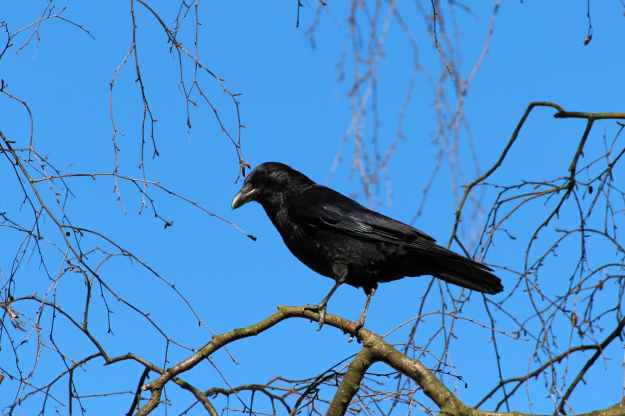
Photo by Pixabay on Pexels.com • The American crow is also known for caching food.



